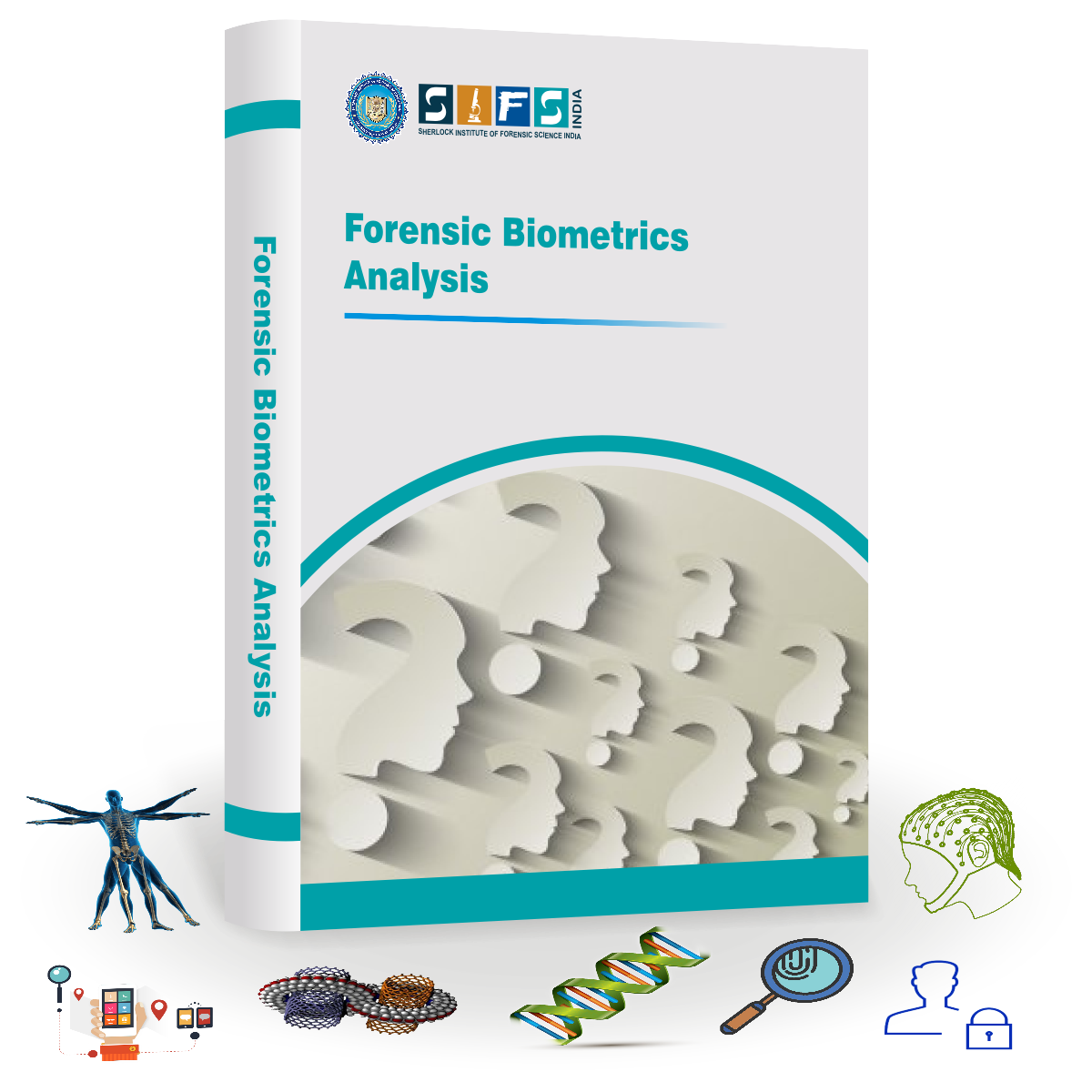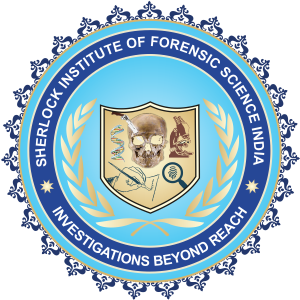Enjoyed the course a lot. Instructors were so motivating, and one of the best online course I have attended. I really wish to go there institution and attend live courses and not the virtual one.

June Batch 2025
Last Date to Register : 25th June 2025
The Forensic Biometric Analysis Online Course by SIFS India is carefully crafted to help you explore the field of biometrics and how it can prove a crucial tool during investigations.
You will learn different types of biometric analysis and how to identify individuals through their unique physical and behavioral traits, like face recognition, fingerprint analysis, DNA profiling, and more.
All the sessions are pre-recorded, loaded with industry-specific knowledge, and delivered by expert forensic biometric analysts.
Associate Degree Program comprises of three levels: Level 1 (certificate), Level 2 (diploma), and Level 3 (Post Graduate Diploma), and the entire curriculum is divided among these levels.
A few of the topics you will learn about are: the history of forensic biometrics, types of biometrics, biometric data collection and storage, image capturing and processing, encryption methods, fingerprint identification technology, palm print recognition, iris matching and recognition, techniques and applications of face recognition, speaker verification, cultural, social, and legal considerations; smart card biometrics, and emerging trends in biometrics.
So enroll now to decode the secrets held within human characteristics and get ready to make a significant impact in the field of security and investigation.
Course Benefits
Enrolling in this course will equip you with the necessary skills to identify and analyze biometric data. You will master the techniques used in fingerprint, DNA, and facial recognition analysis, among several others. With this knowledge, you can work in a variety of sectors that need to maintain accuracy, security, and trust in identification systems.
Course Outcome
Upon successful completion of this course, you will become an expert in analyzing and identifying individuals based on their biometric characteristics. You will become proficient in numerous biometric recognition techniques along with an understanding of the legal and ethical aspects of this field, contributing to the safety and security of individuals and organizations.
Course Highlights
- Pre-recorded sessions with working knowledge of biometric analysis tools and software
- Instructors with extensive experience in forensic biometrics
- Industry-specific and comprehensive study material and reference books
- Community of forensic biometric experts and professionals
- Professional networking opportunities in this specialized and ever-evolving field
Payment Details:
International Student : PayPal: forensicdocument@gmail.com
Account Details for National Student
Bank Name - ICICI BANK
Acc. Name - SIFS INDIA PVT. LTD.
Account No. - 663505500086
Type - Current
IFSC Code - ICIC0000160
Address - ICICI Bank, H-4, Model Town -III, New Delhi - 110009





